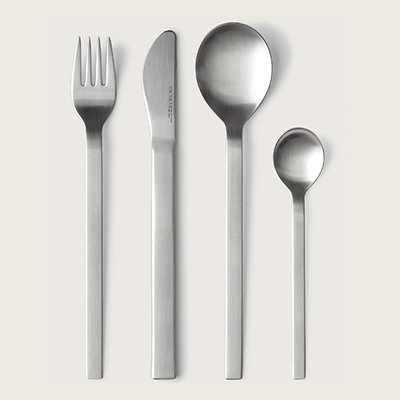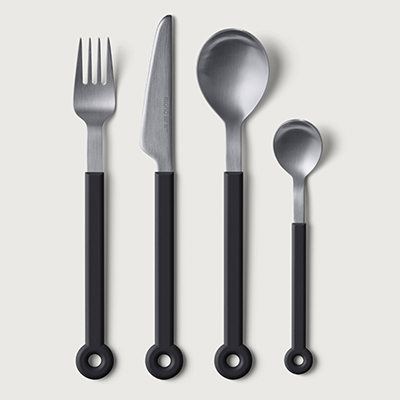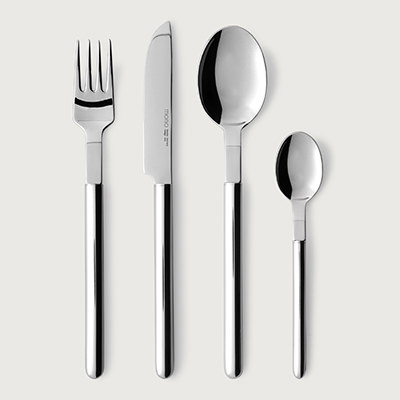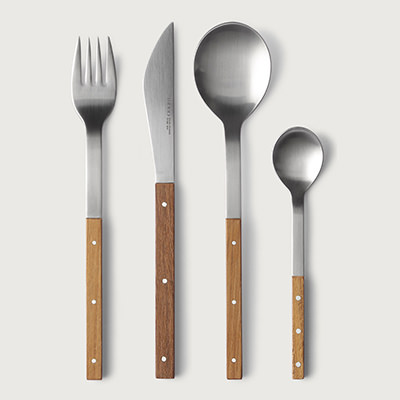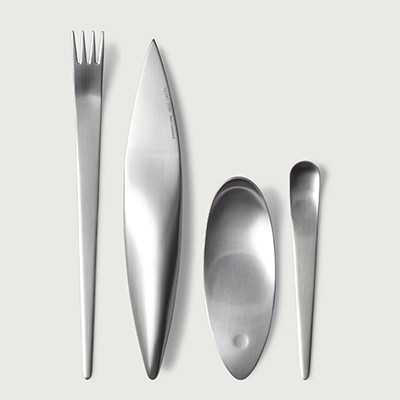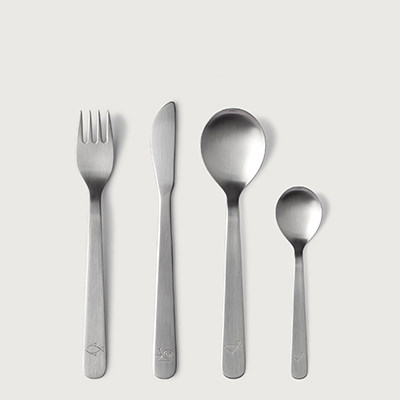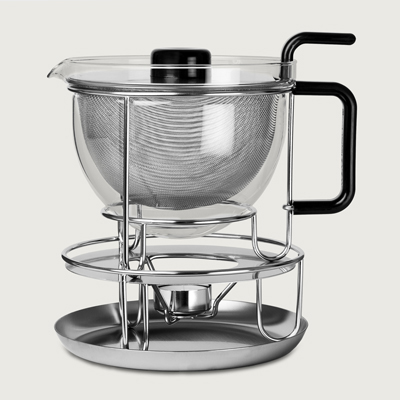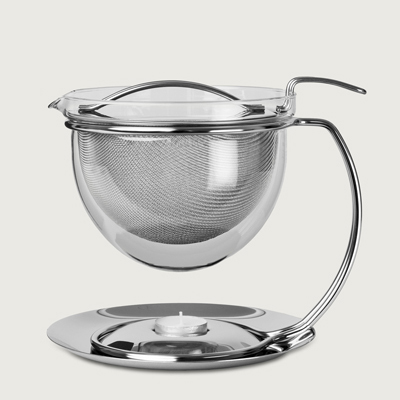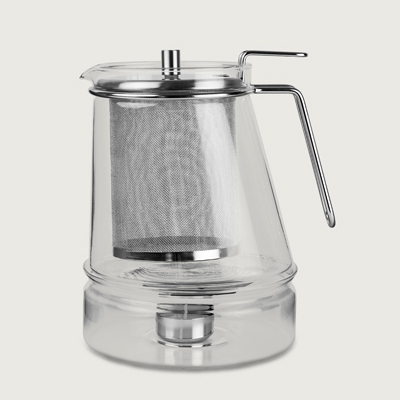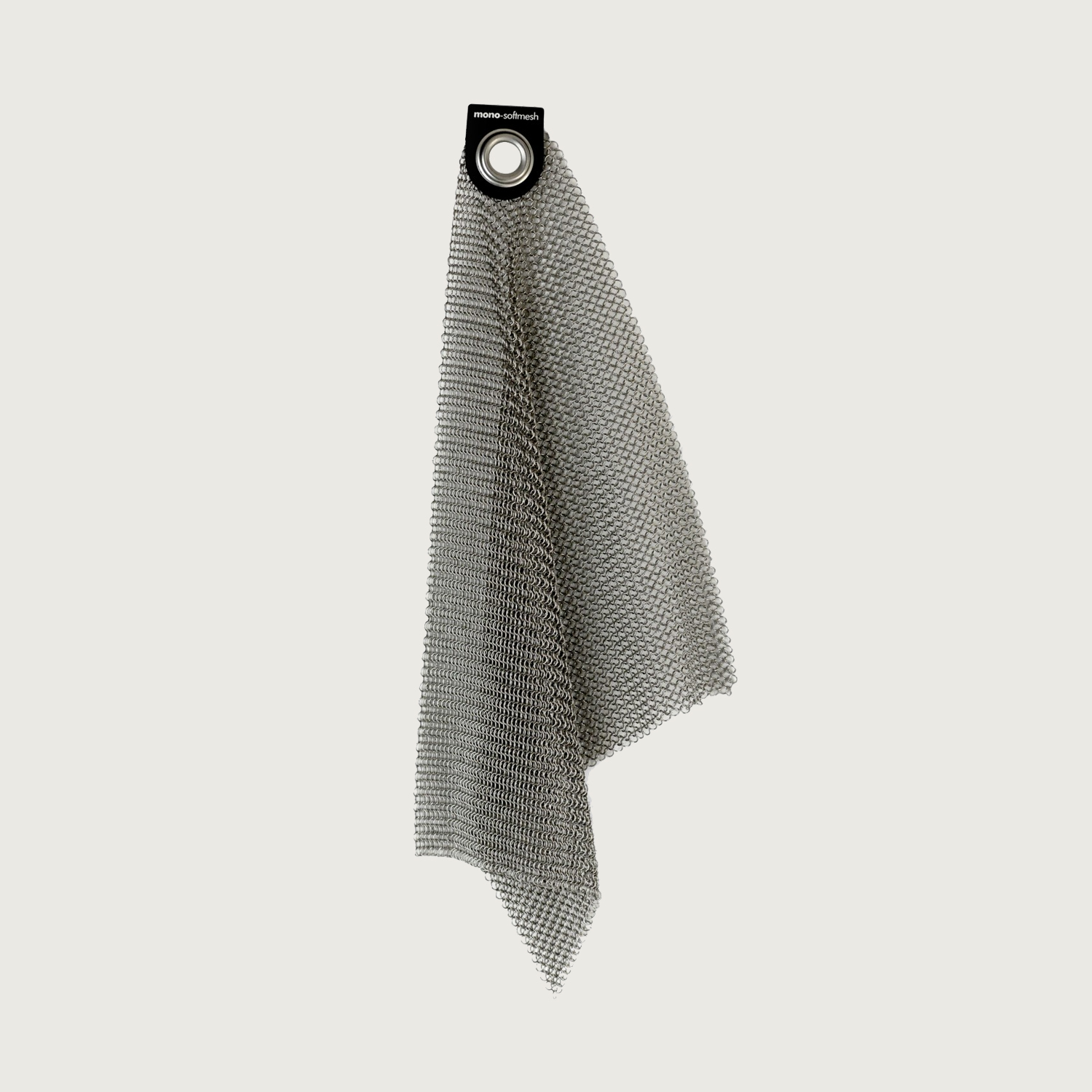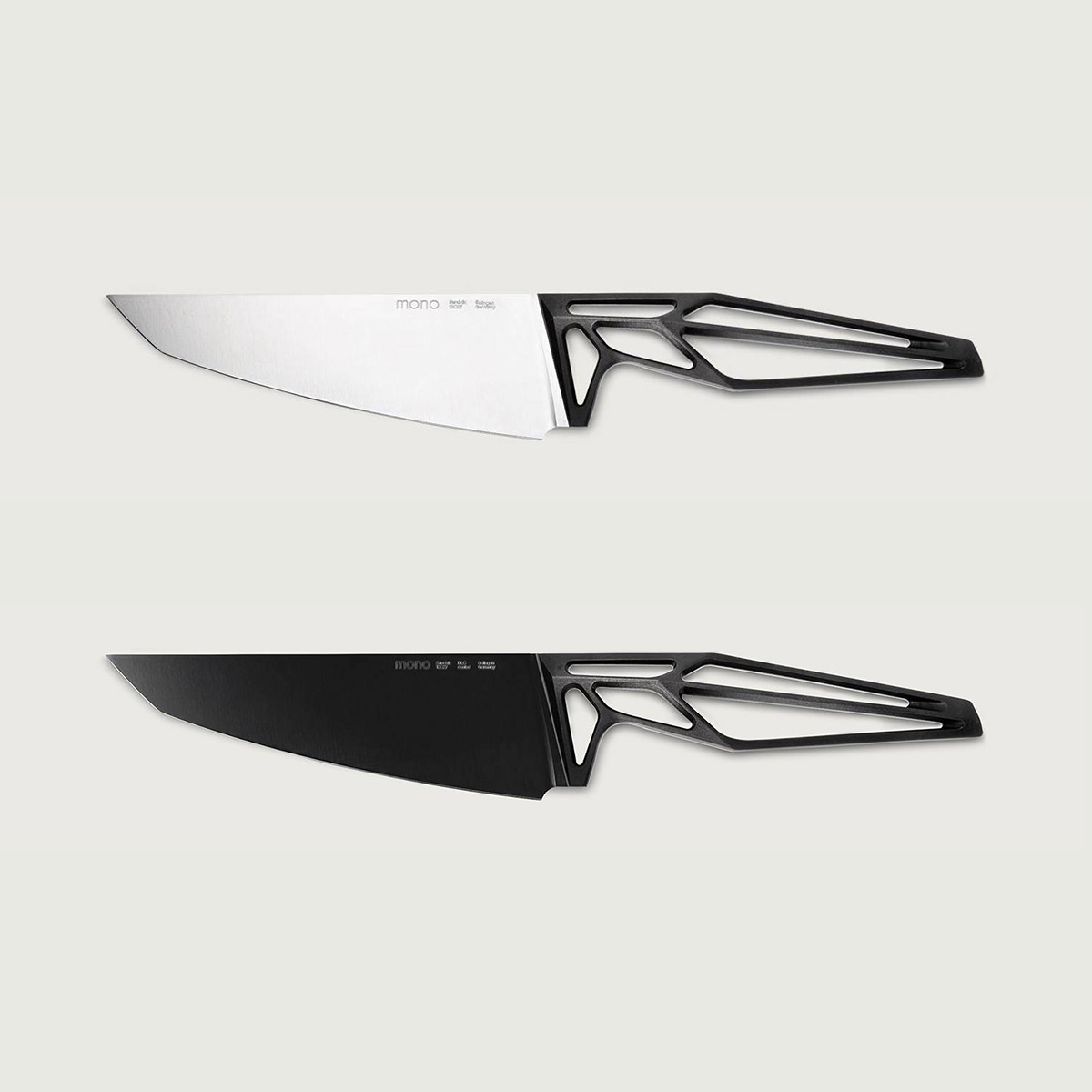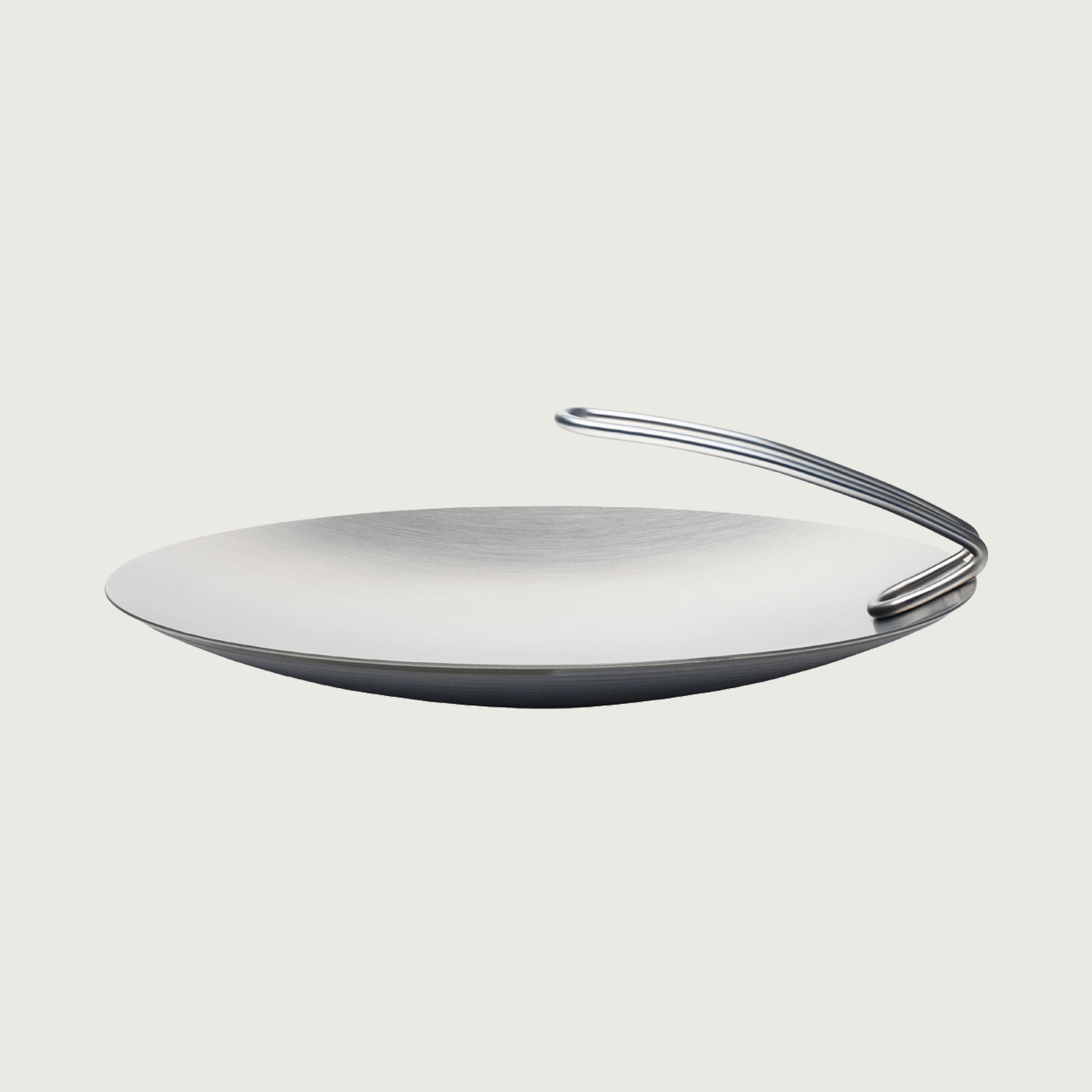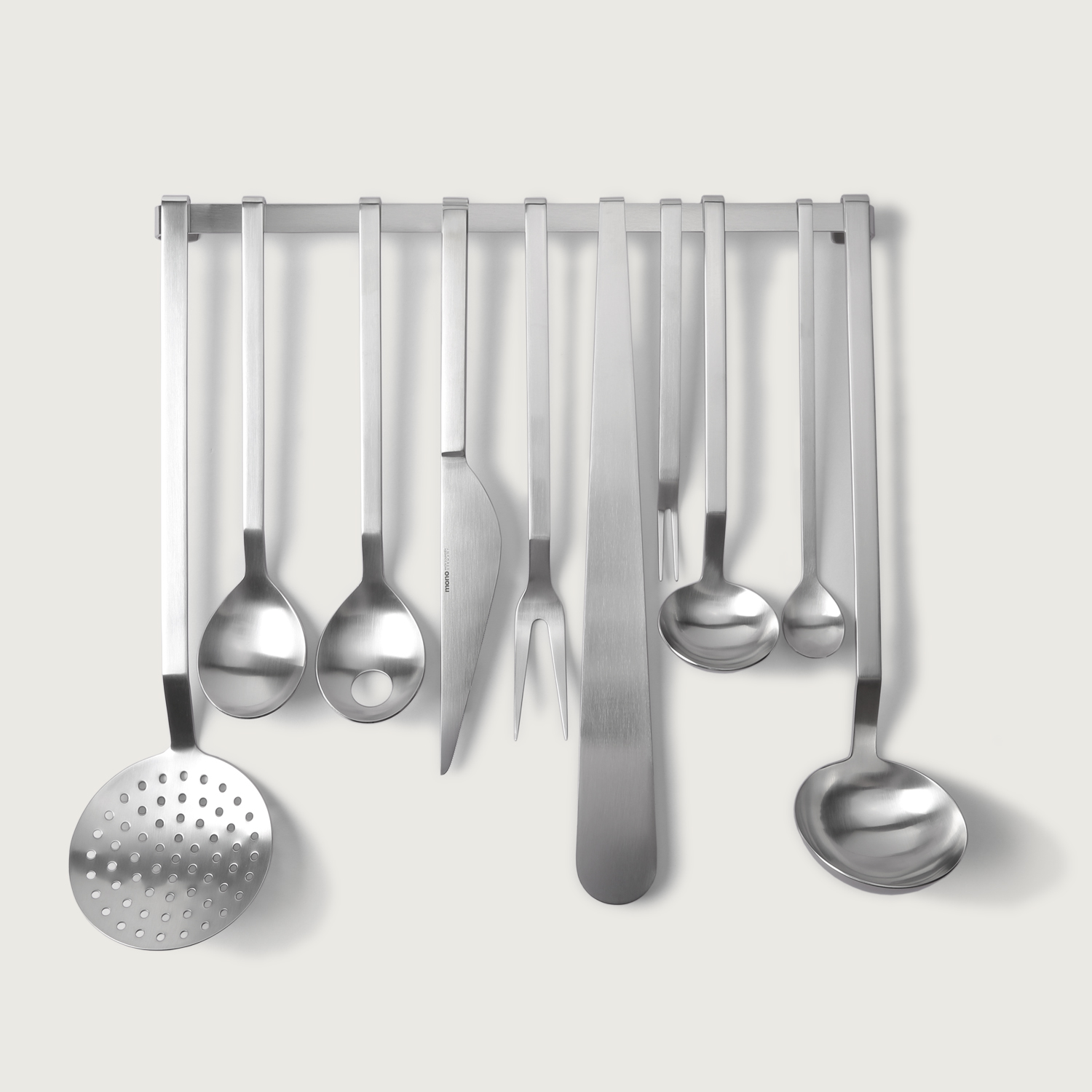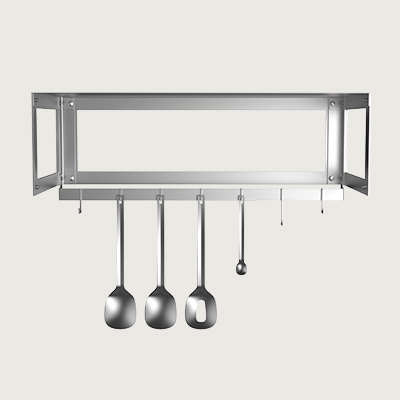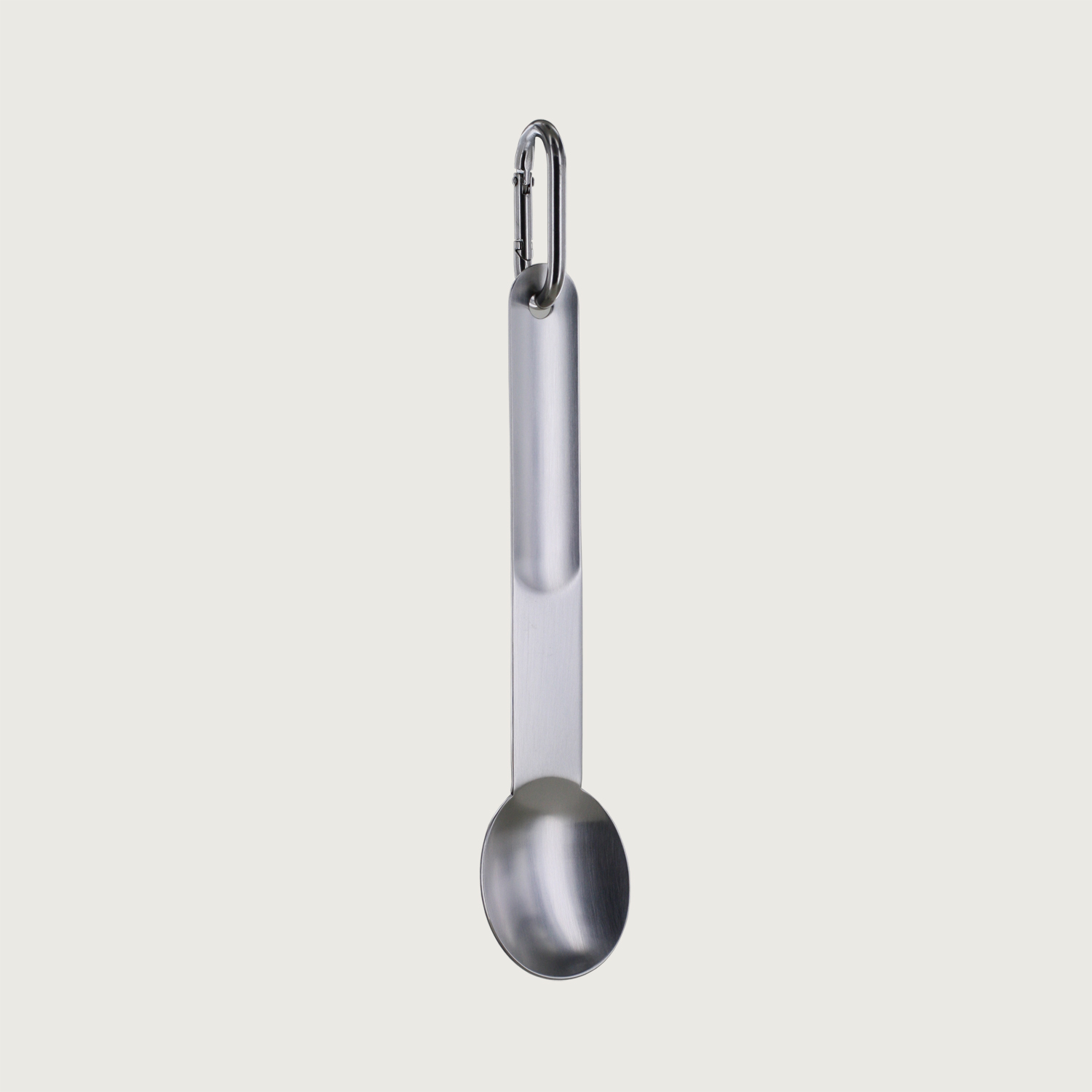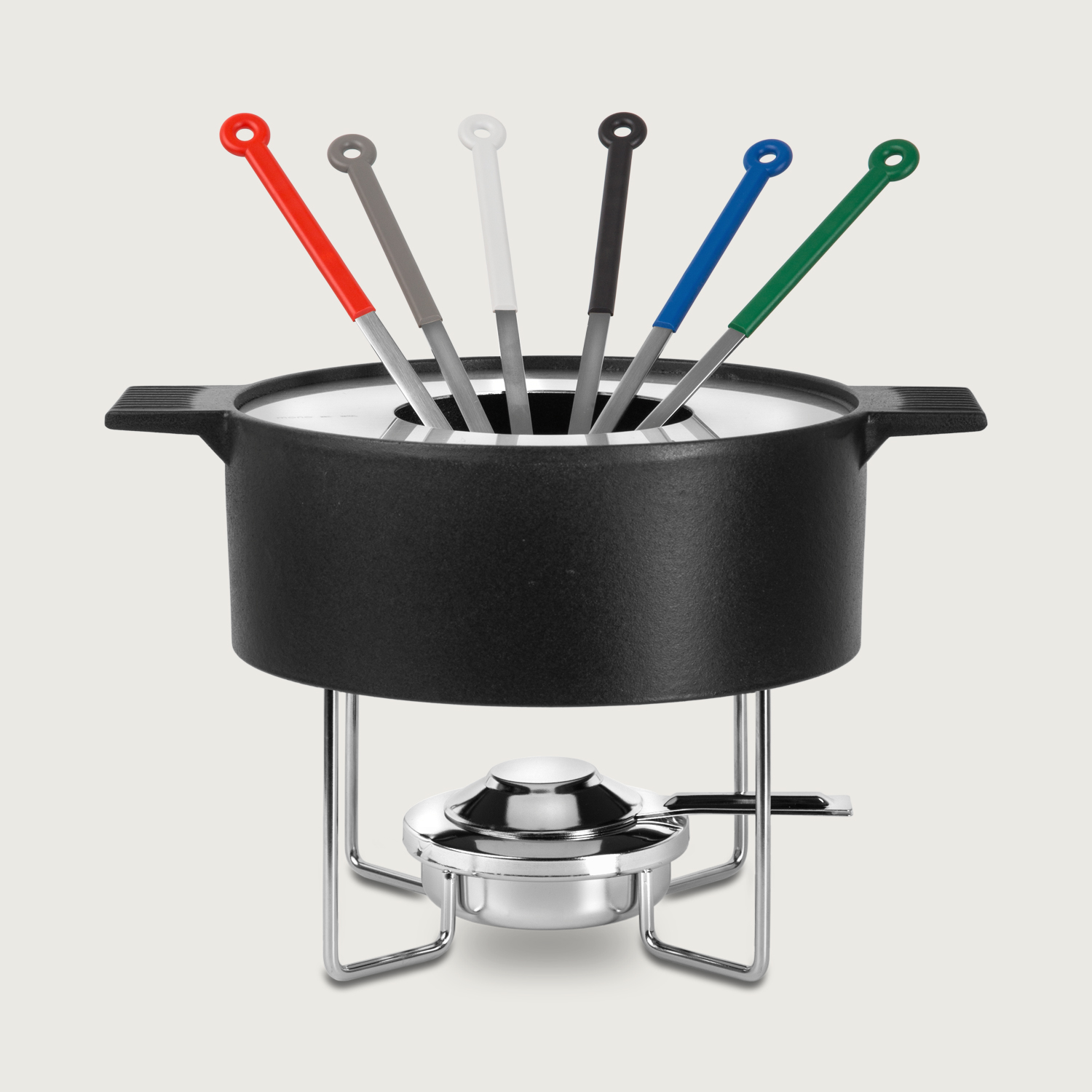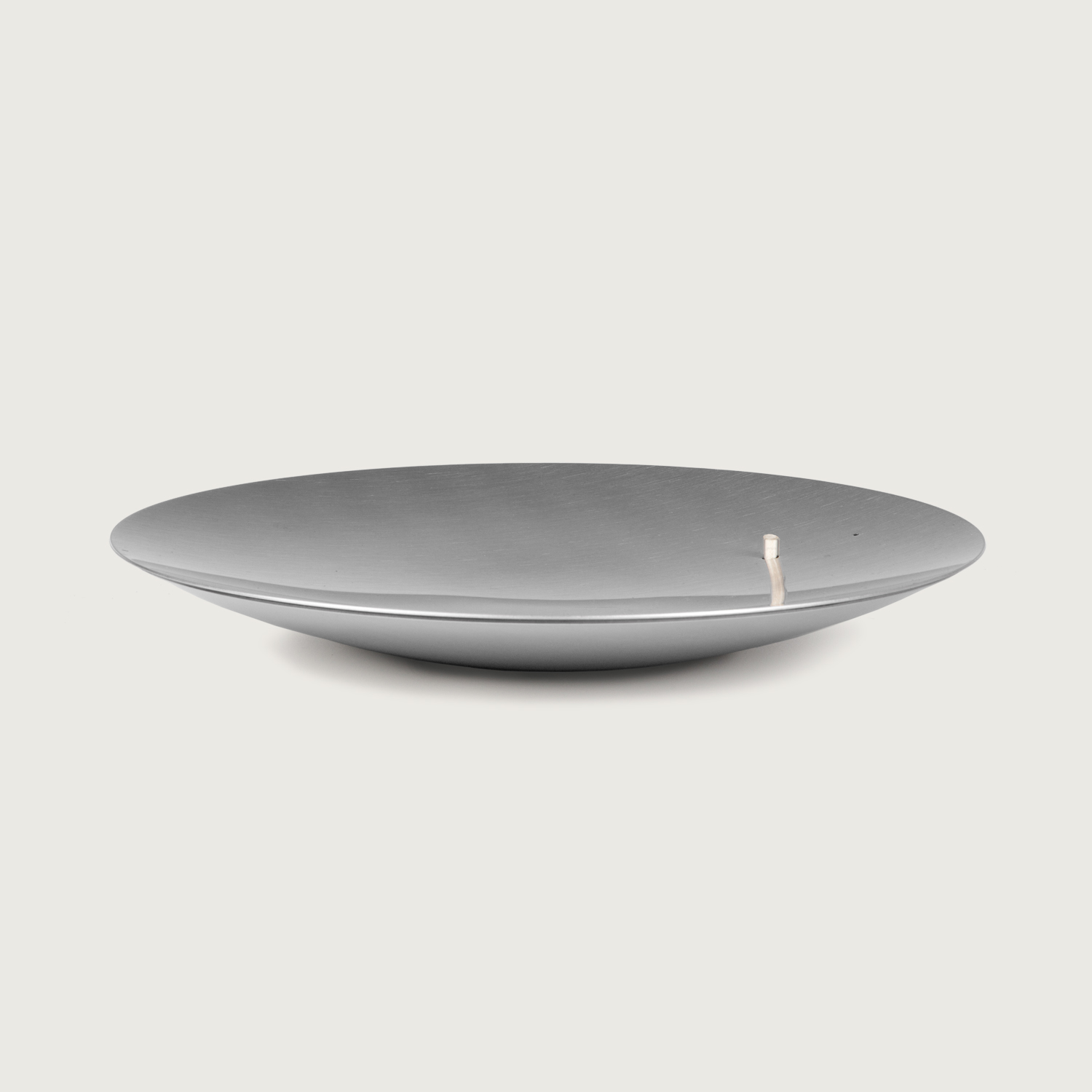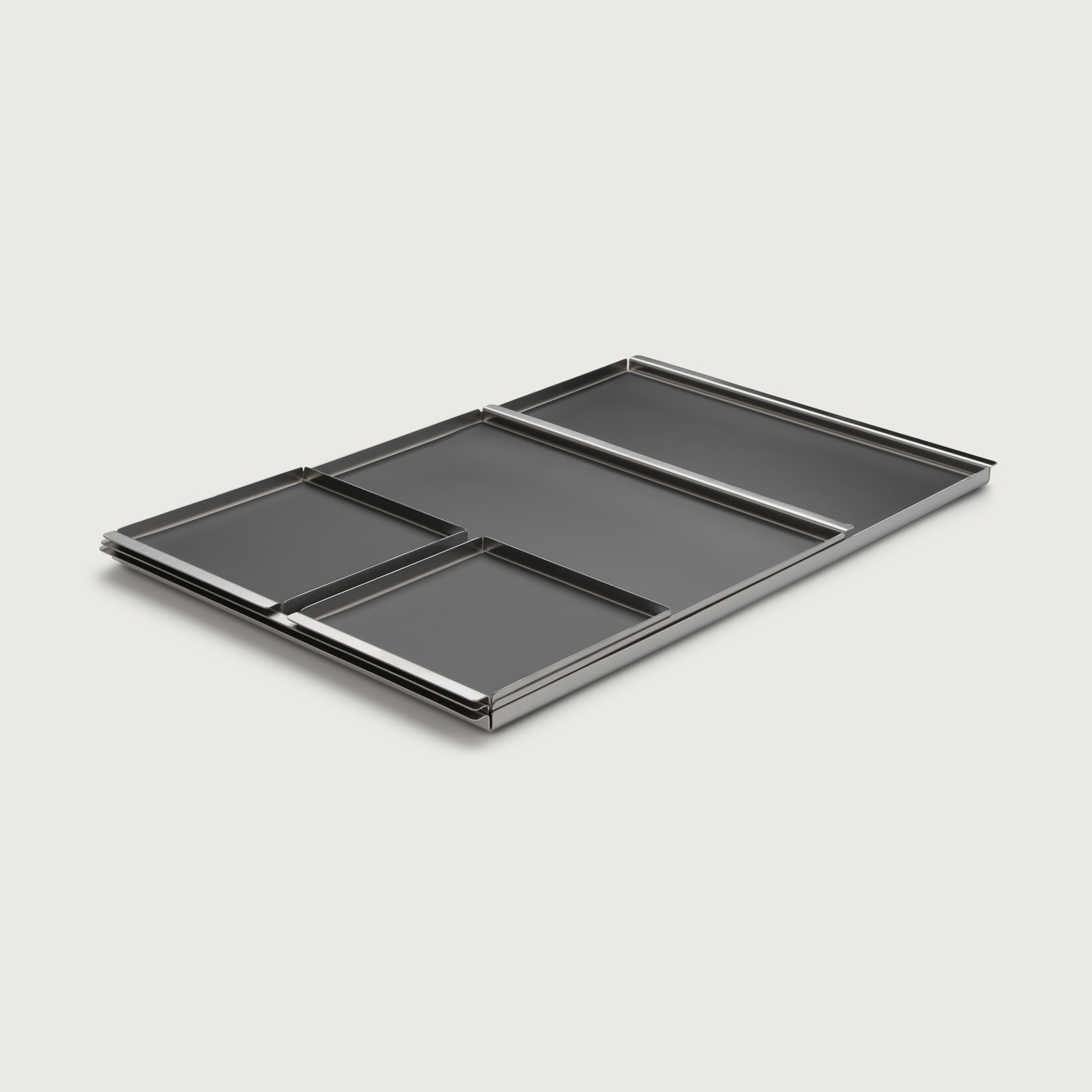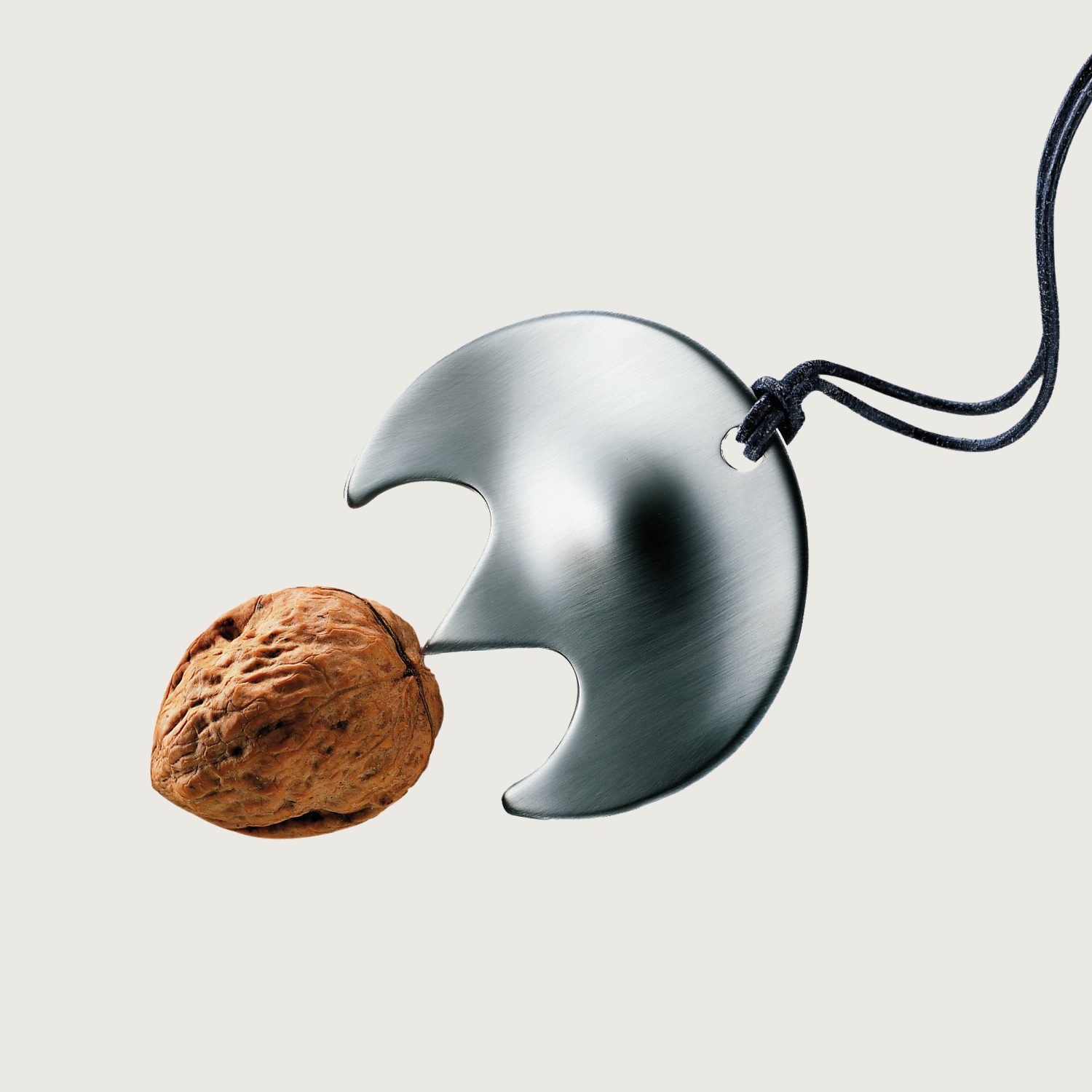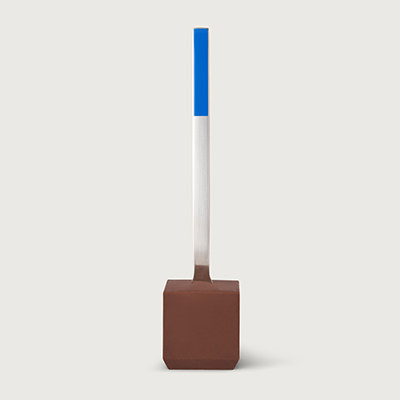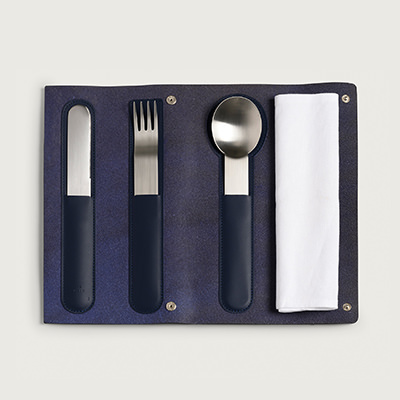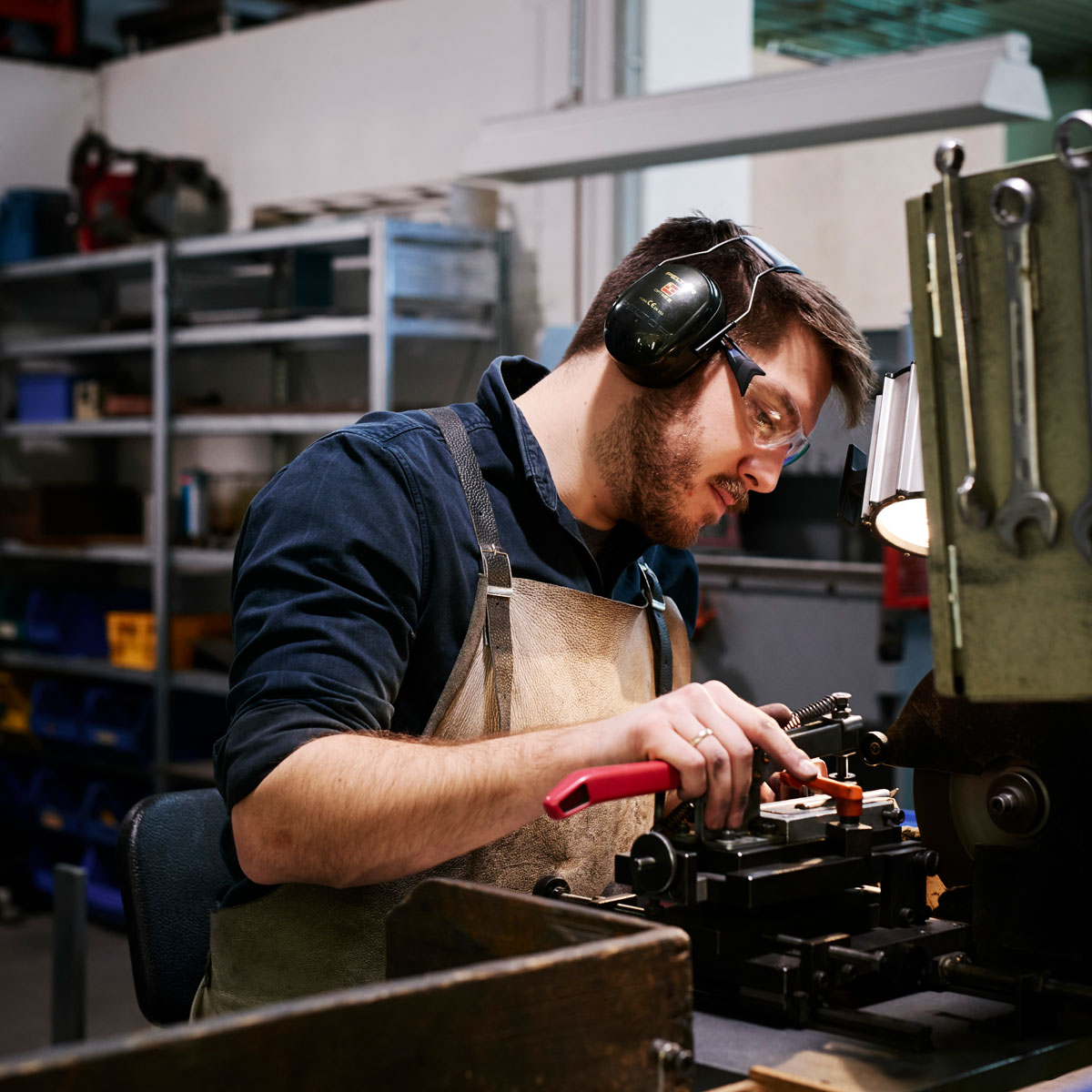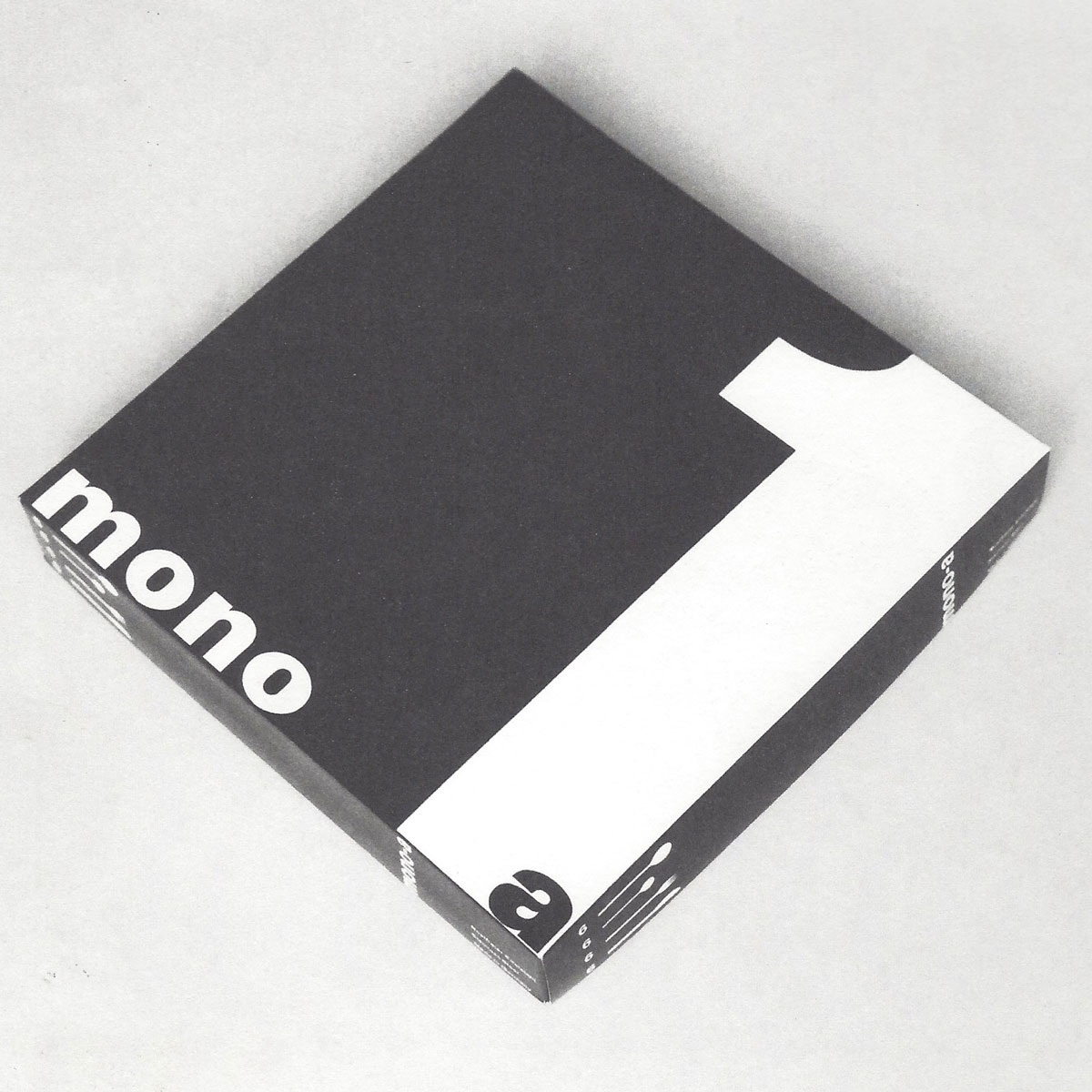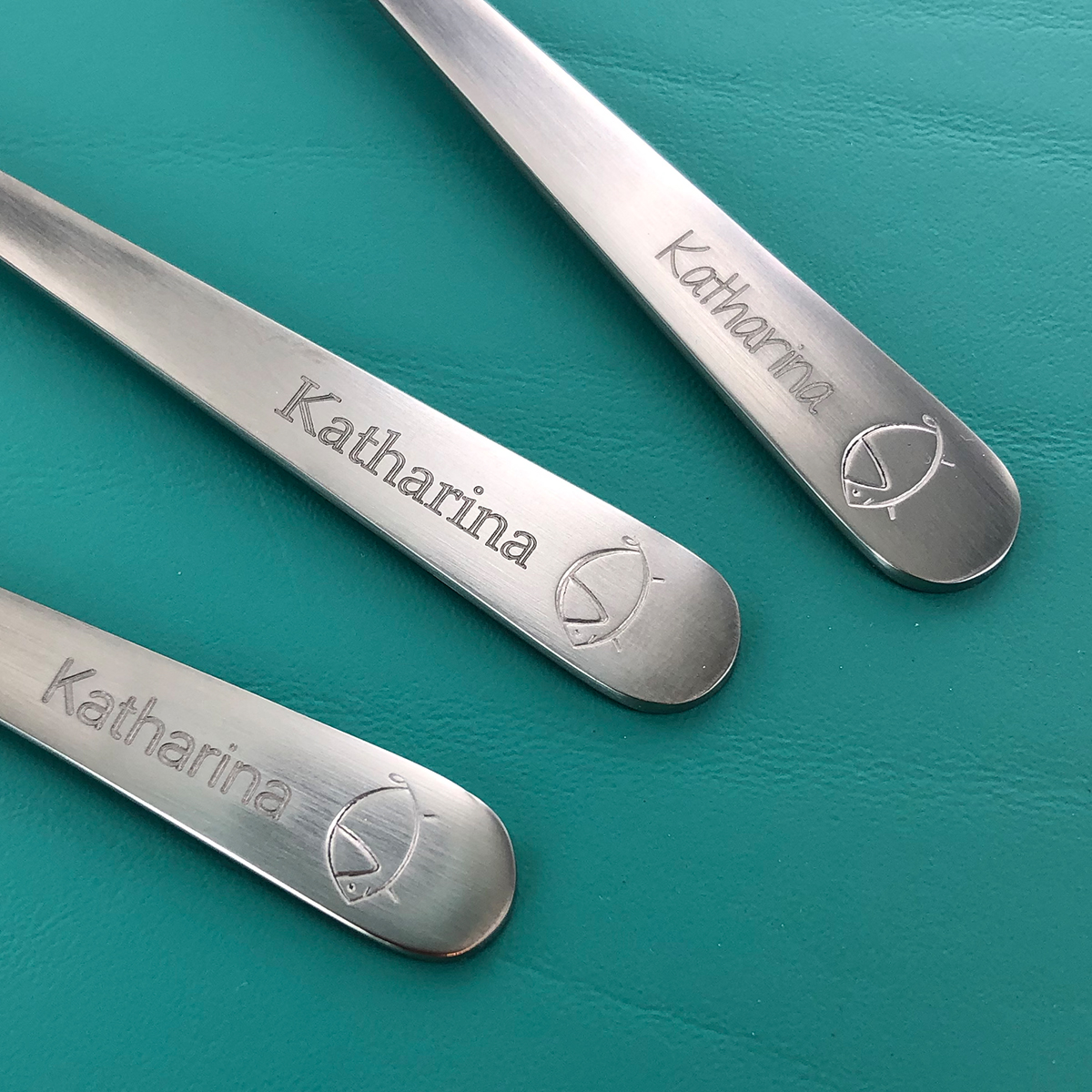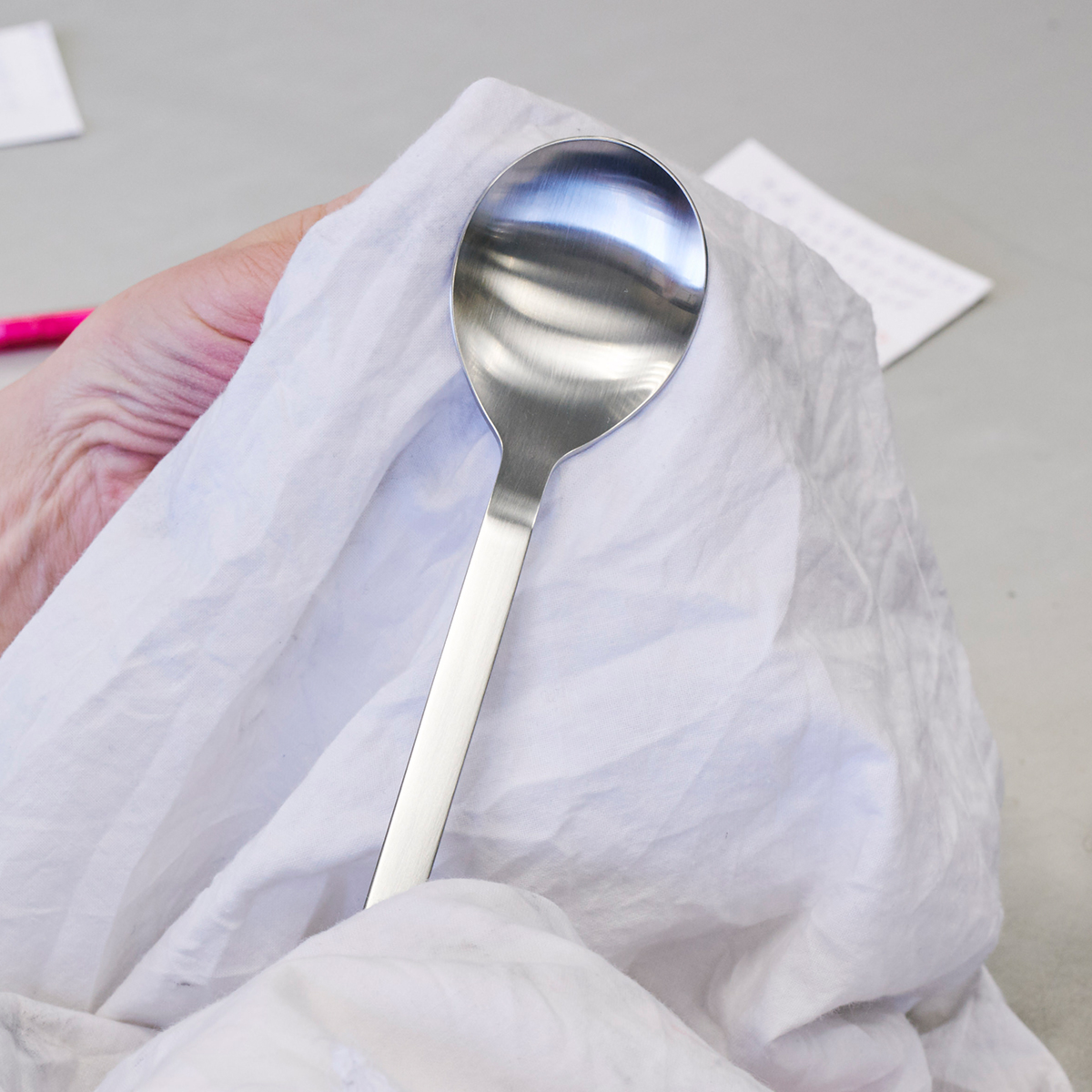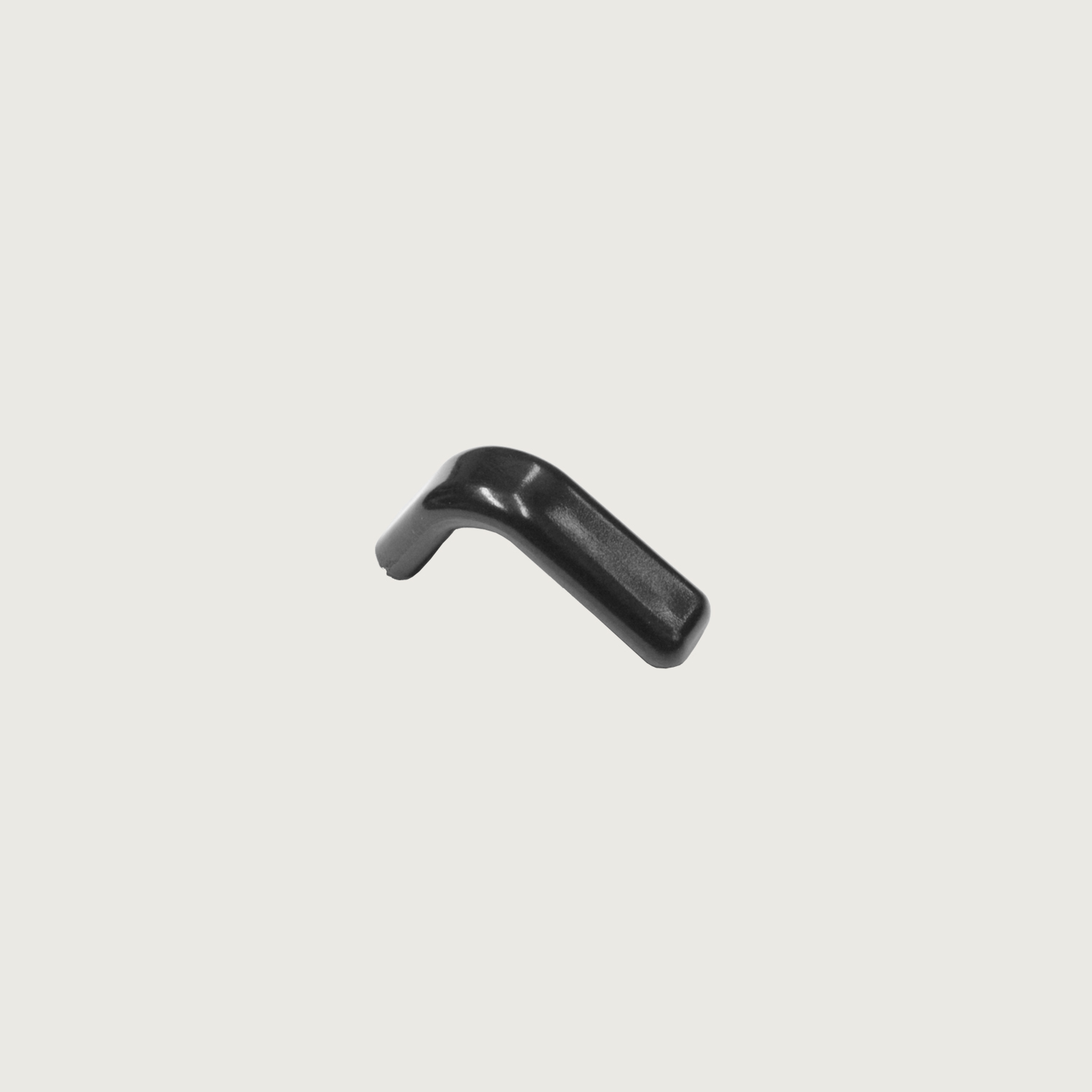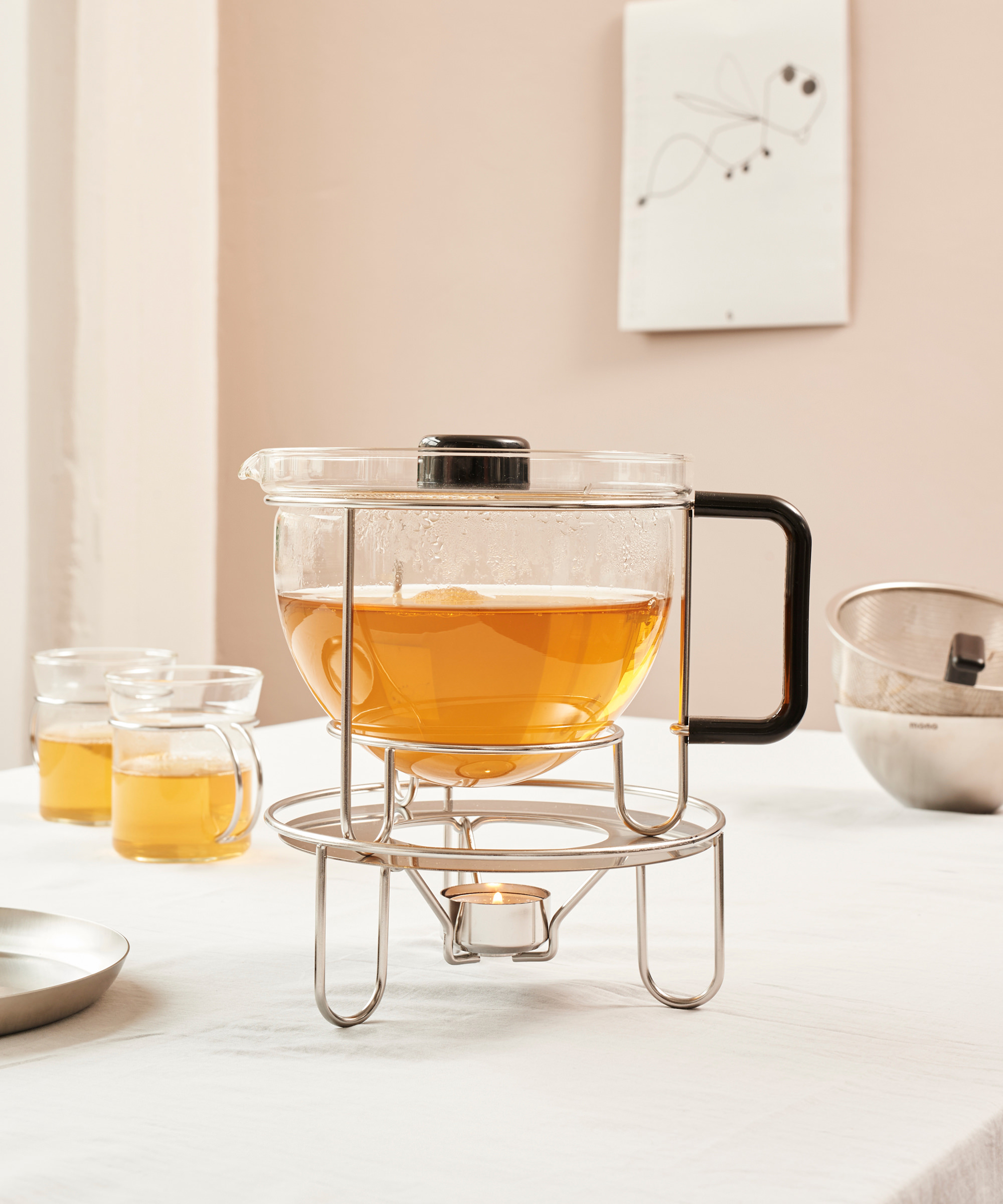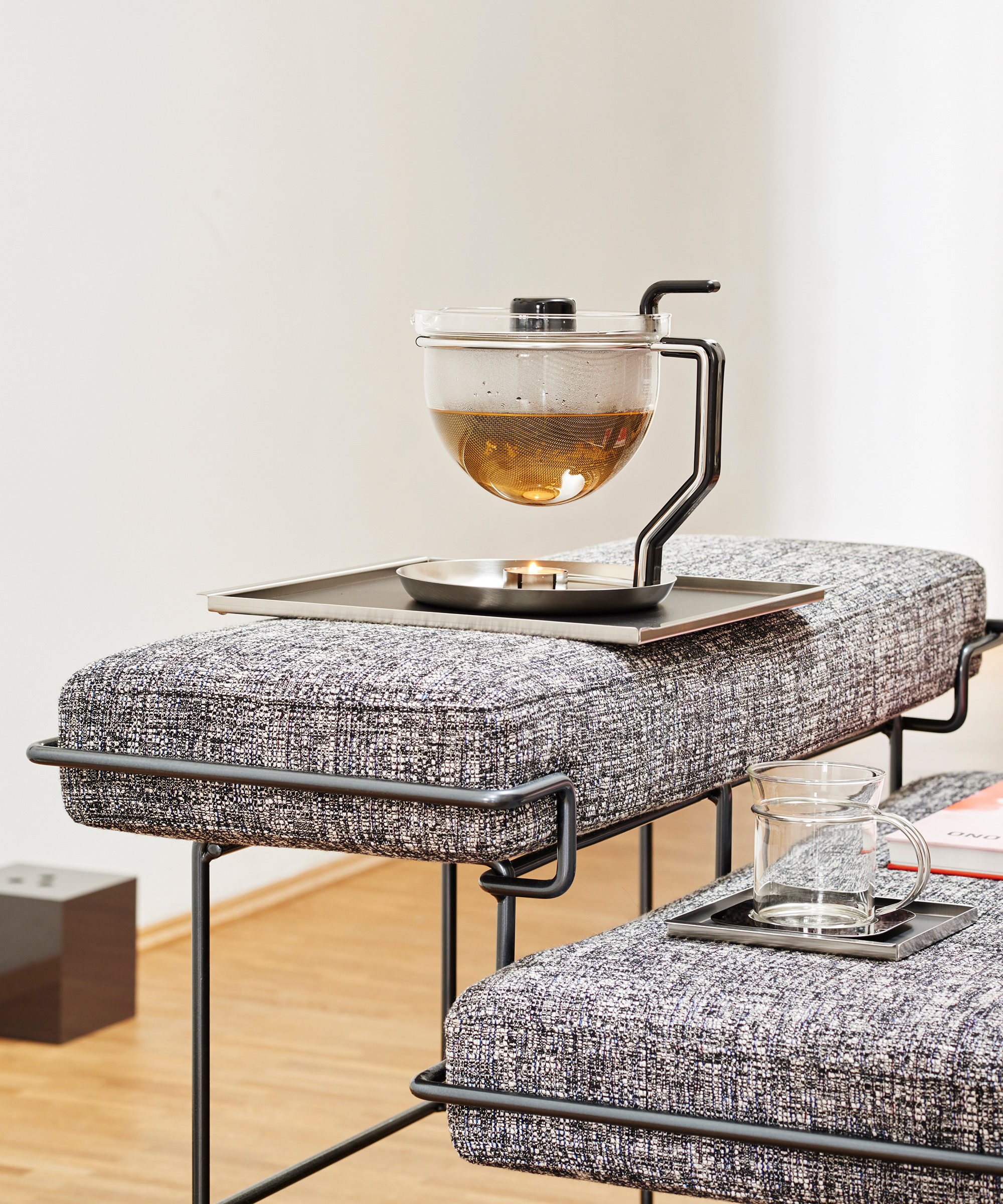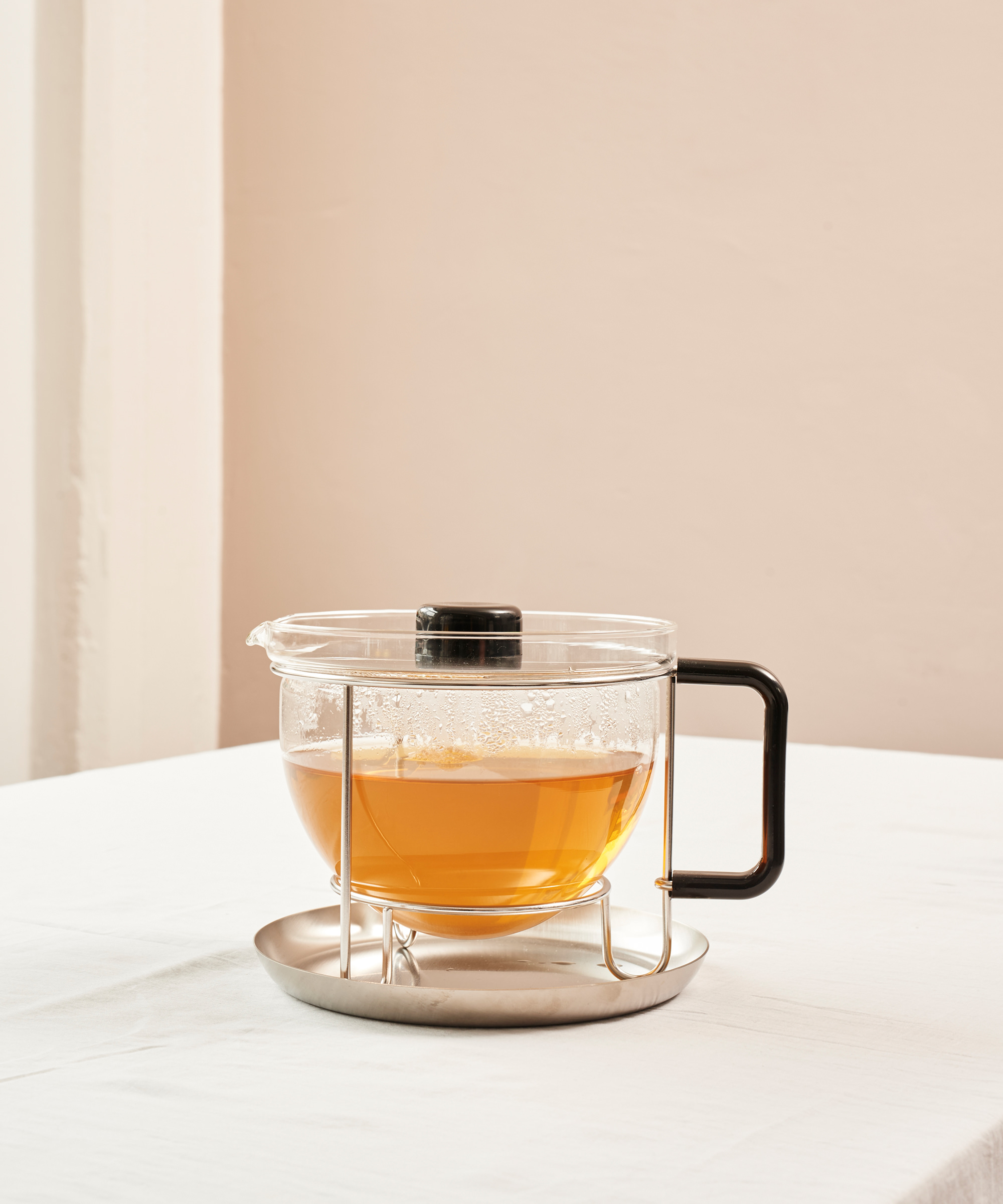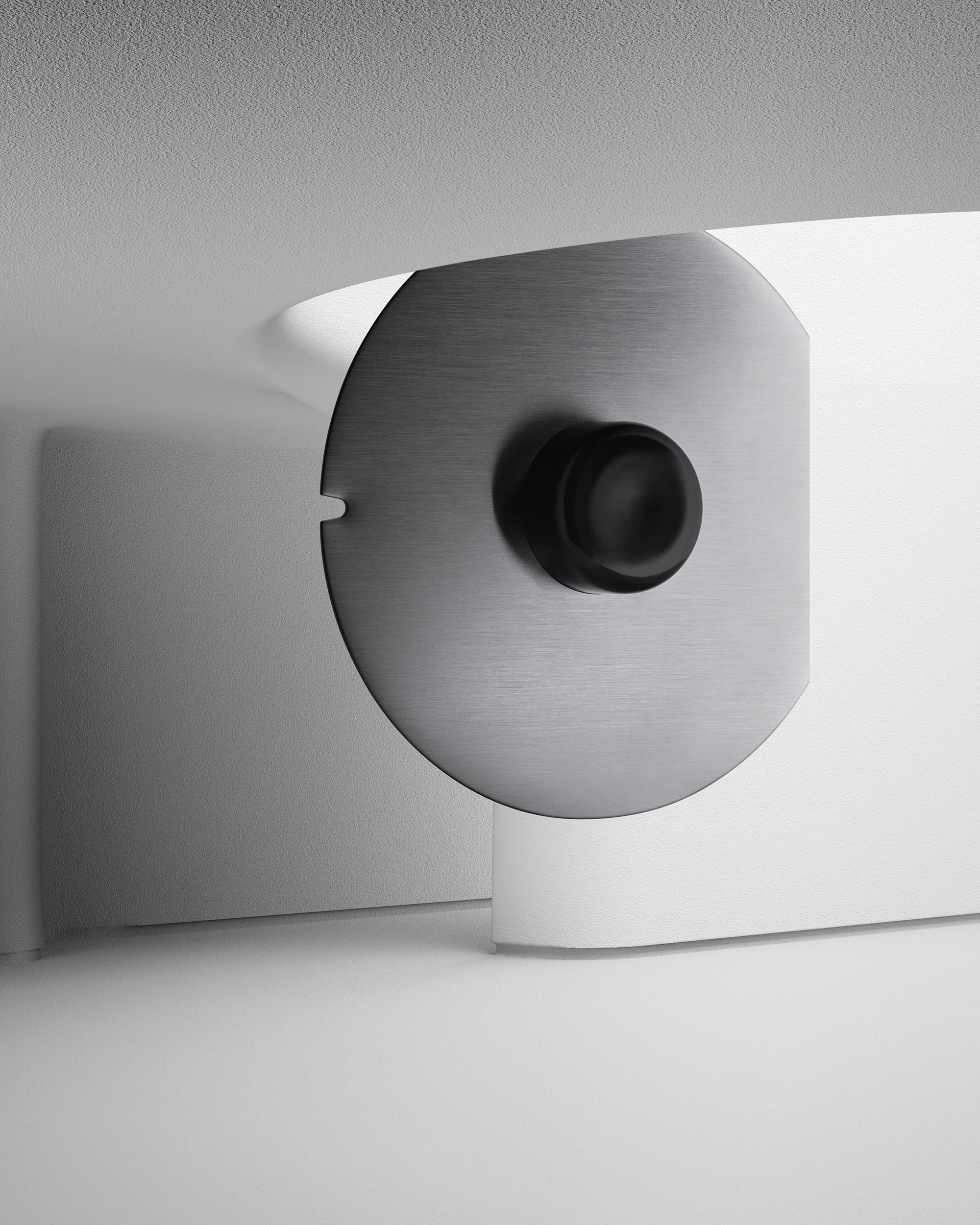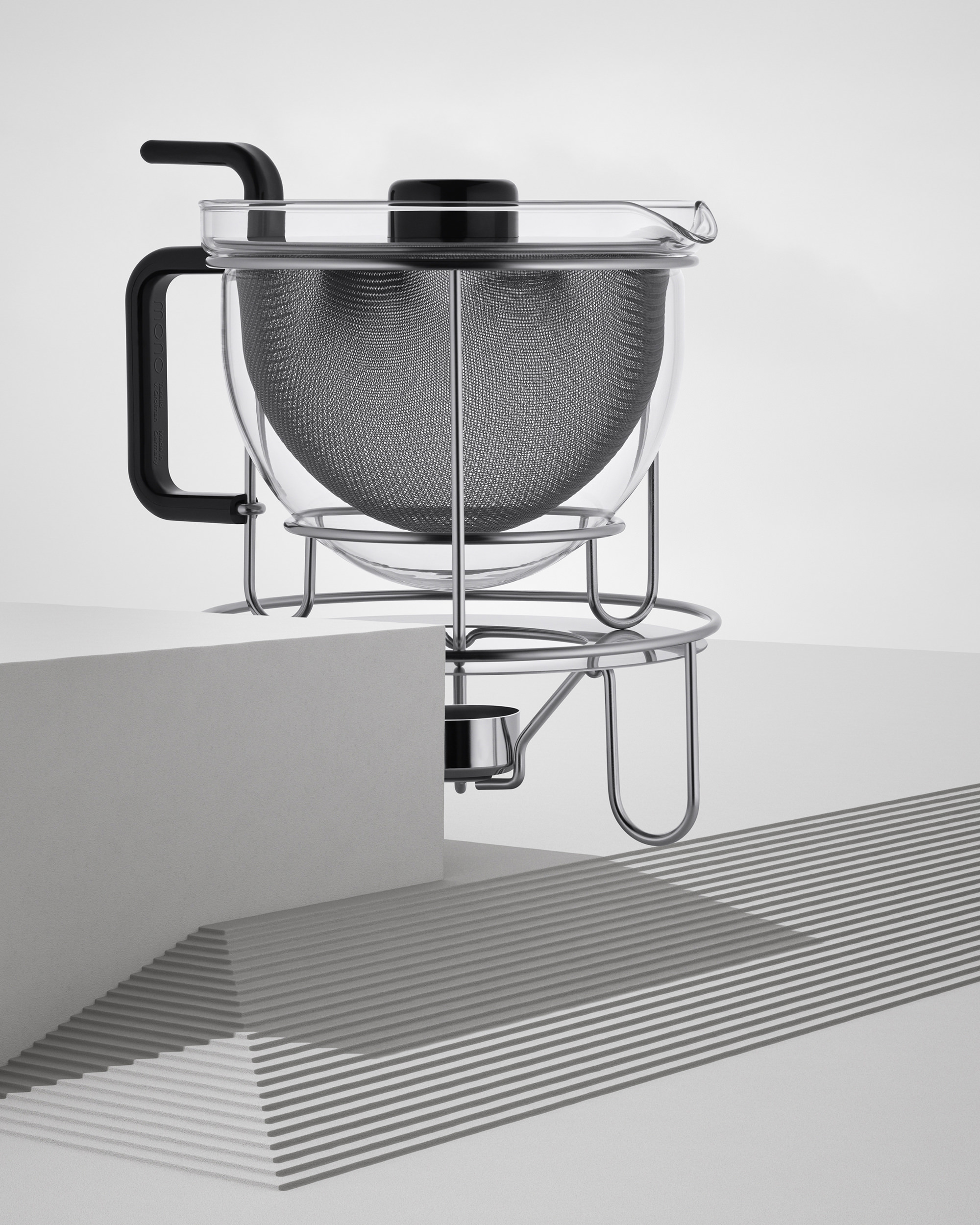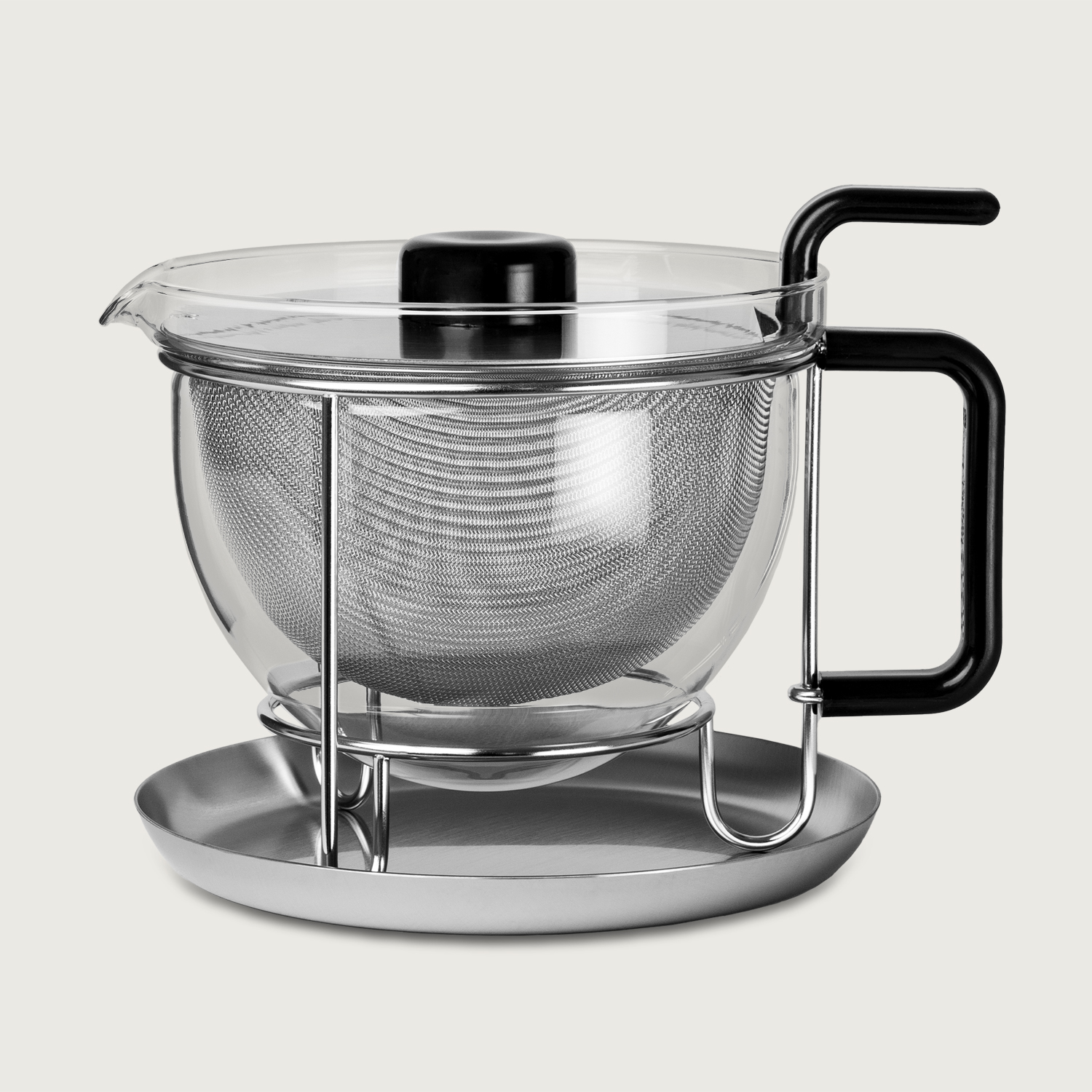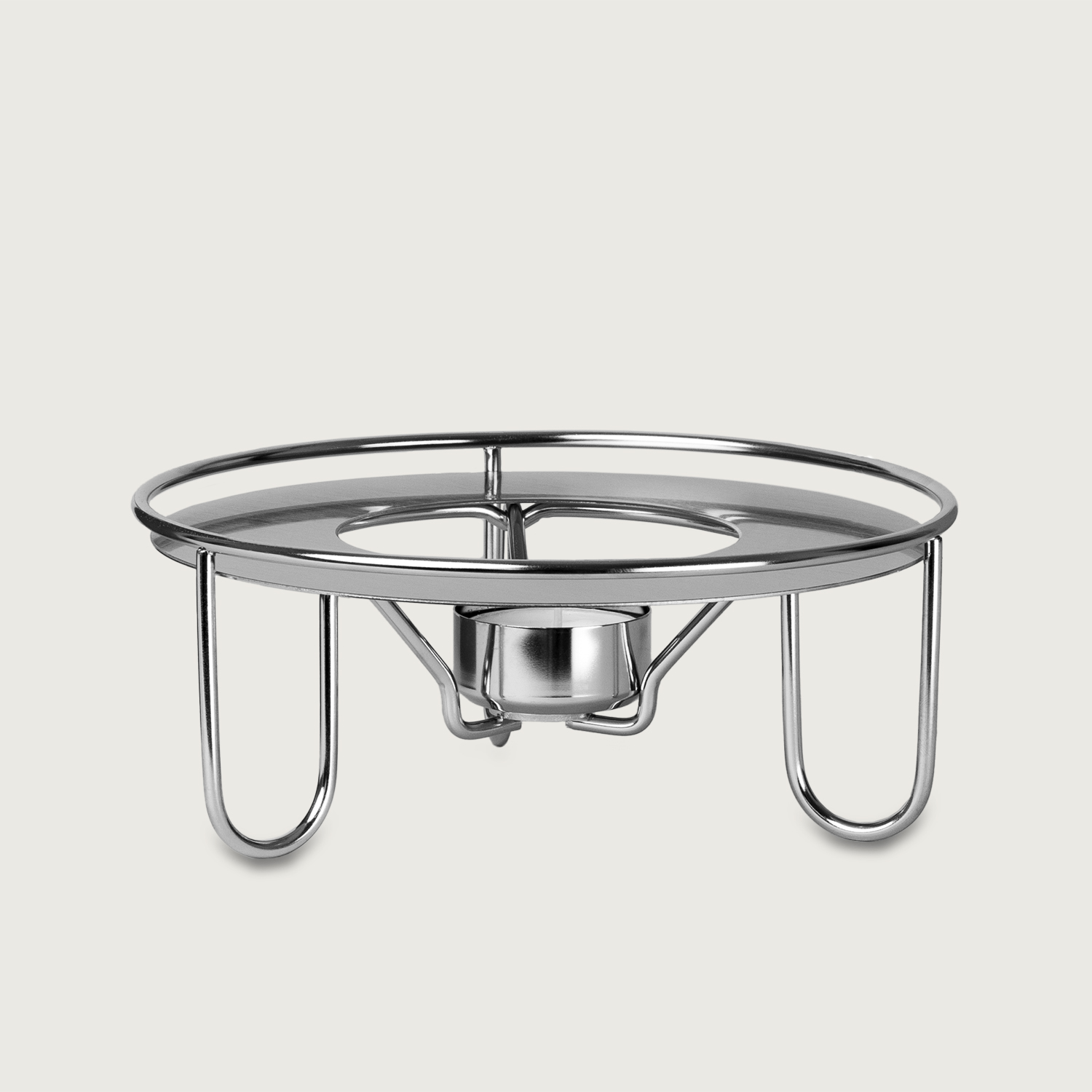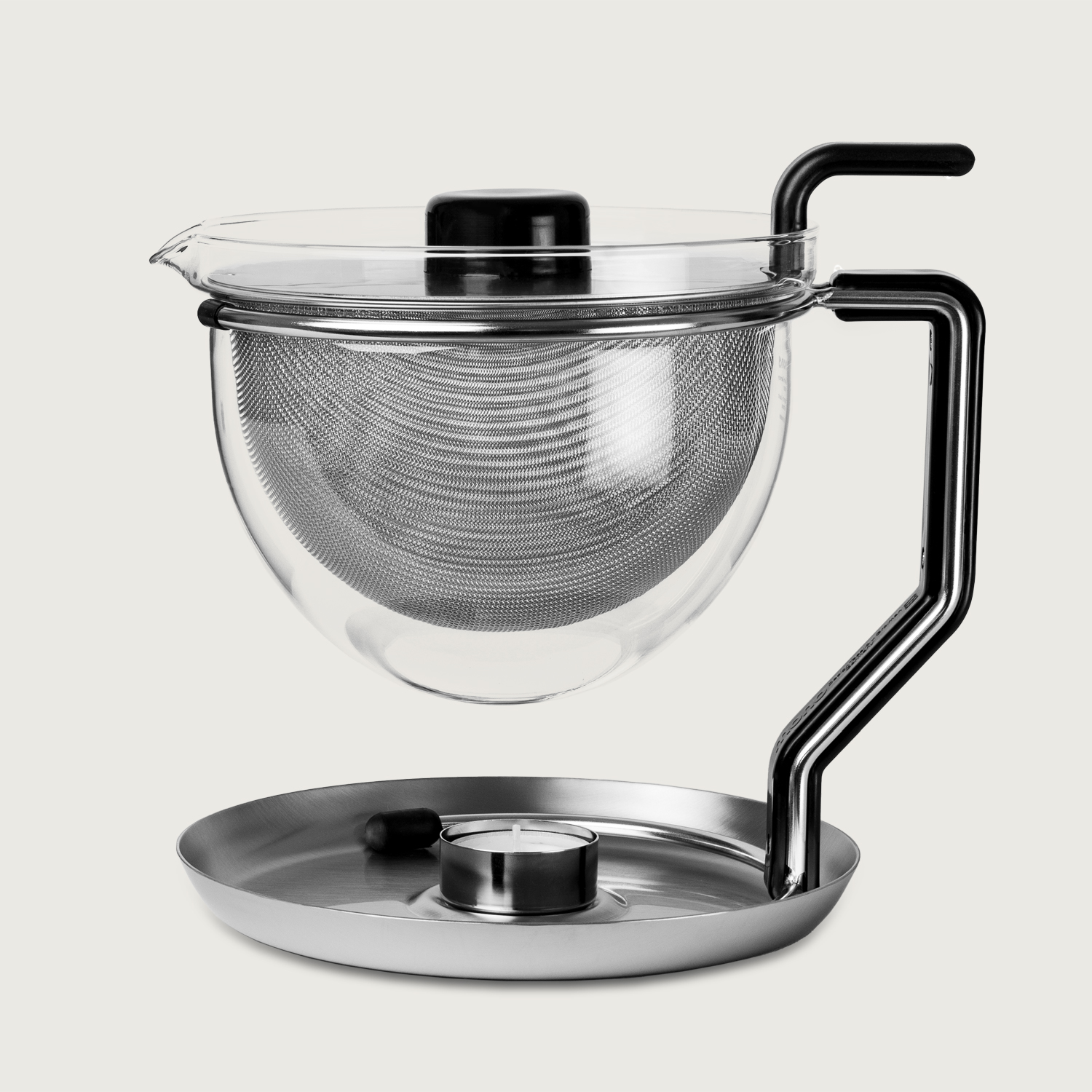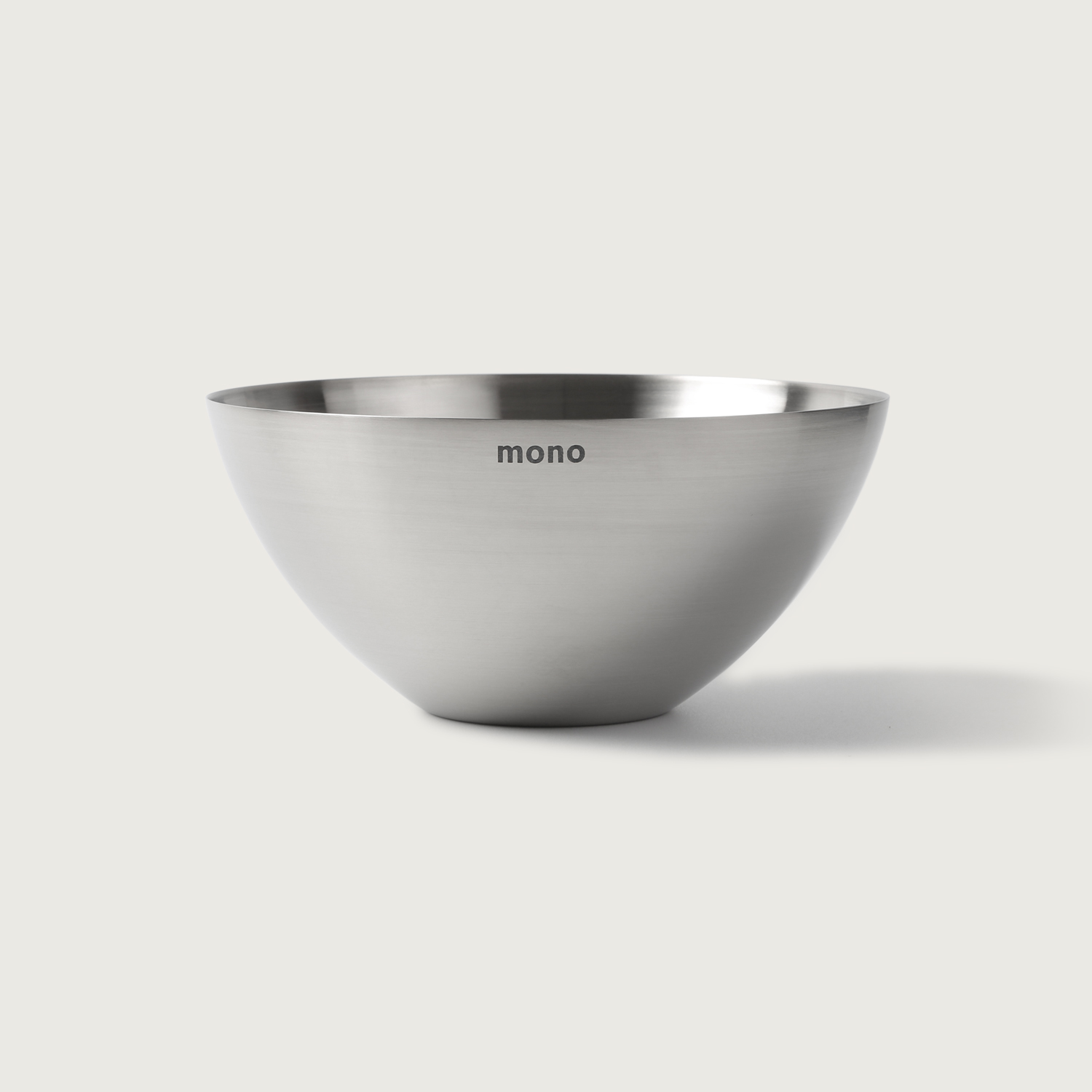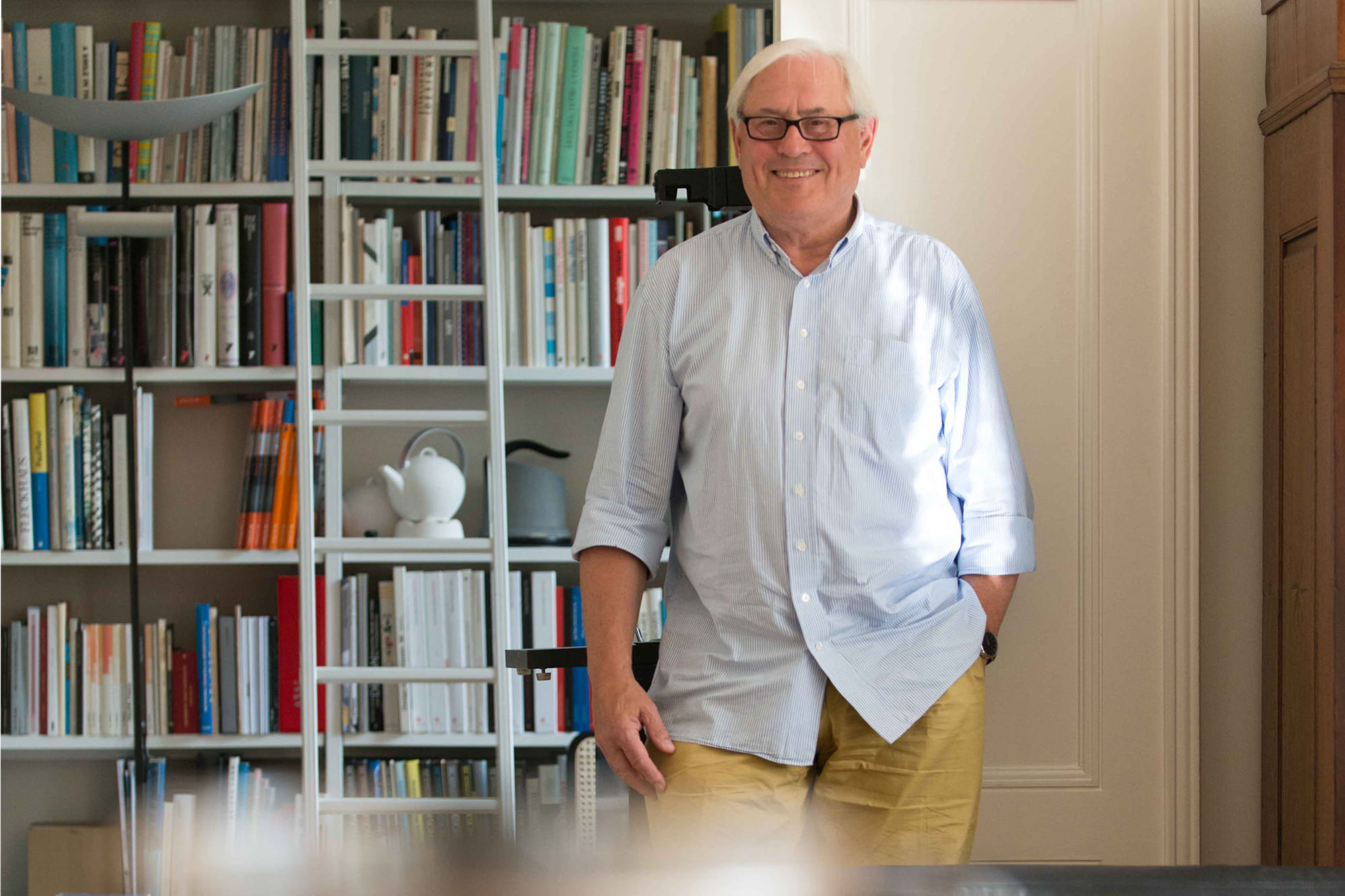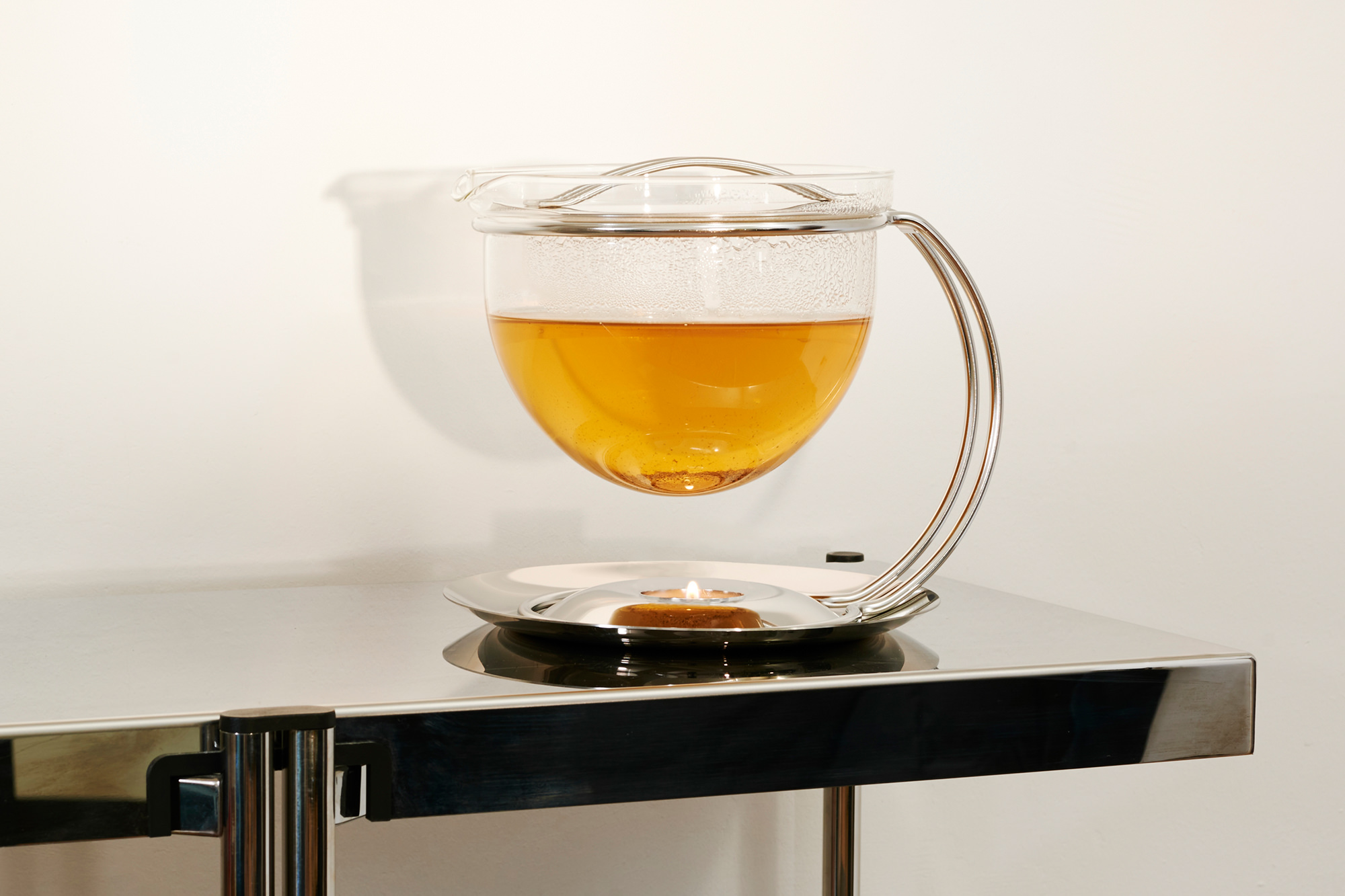The Mono Classic teapots, designed in 1983 and 1986, were the first Mono teapots and revolutionized tea preparation with their synthesis of form and function. Simply brilliant was the idea of making the strainer almost as large as the teapot to give the tea leaves more room to develop their aroma. The Mono teapot was awarded as often as it was copied. It was the inventor of a functional principle, a pioneer in modern functional design language and became a design icon. From Kassel to New York, it is part of collections of modern and applied art and in daily use in thousands of households worldwide.
The strainer is made of durable, tasteless, stainless steel mesh, and the pot is made of fire-resistant borosilicate glass. The specific geometry of the glass ensures that the last remaining liquid remains in the jug with the tea crumbs it contains. Because of the plastic handles, we recommend cleaning the strainer, frame and lid by hand. The glass can be cleaned in the dishwasher.
The Mono Classic teapot is available in variants with separate and integrated teapot warmer. Complementary items such as cups and sugar/cream service complete the tea enjoyment. All individual parts of the Mono teapots can be reordered as spare parts.
